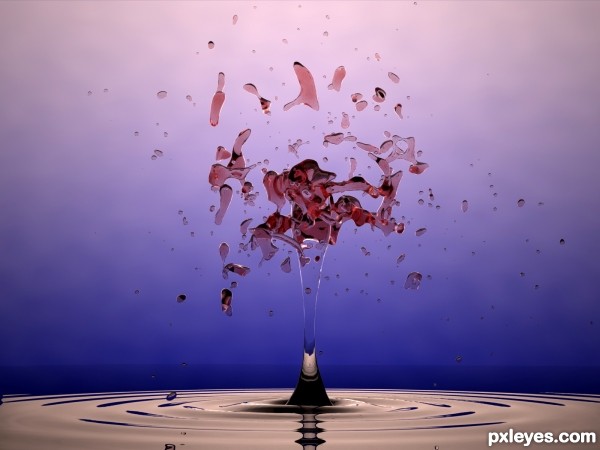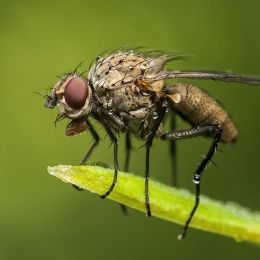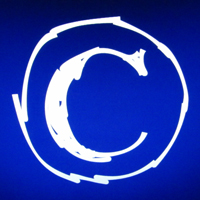I set up realflow with the following daemons and objects:
1)Cube (to stop the sphere from falling into infinity)
2)Gravity daemon
3)Realwave
4)Sphere for the splash emmiter
5)K_volume daemon to kill stray particles when the exit the scene.
I decided to use a realwave splash emmiter as it was giving me much better results than a filled object.
1)Cube (to stop the sphere from falling into infinity)
2)Gravity daemon
3)Realwave
4)Sphere for the splash emmiter
5)K_volume daemon to kill stray particles when the exit the scene.
I decided to use a realwave splash emmiter as it was giving me much better results than a filled object.


























